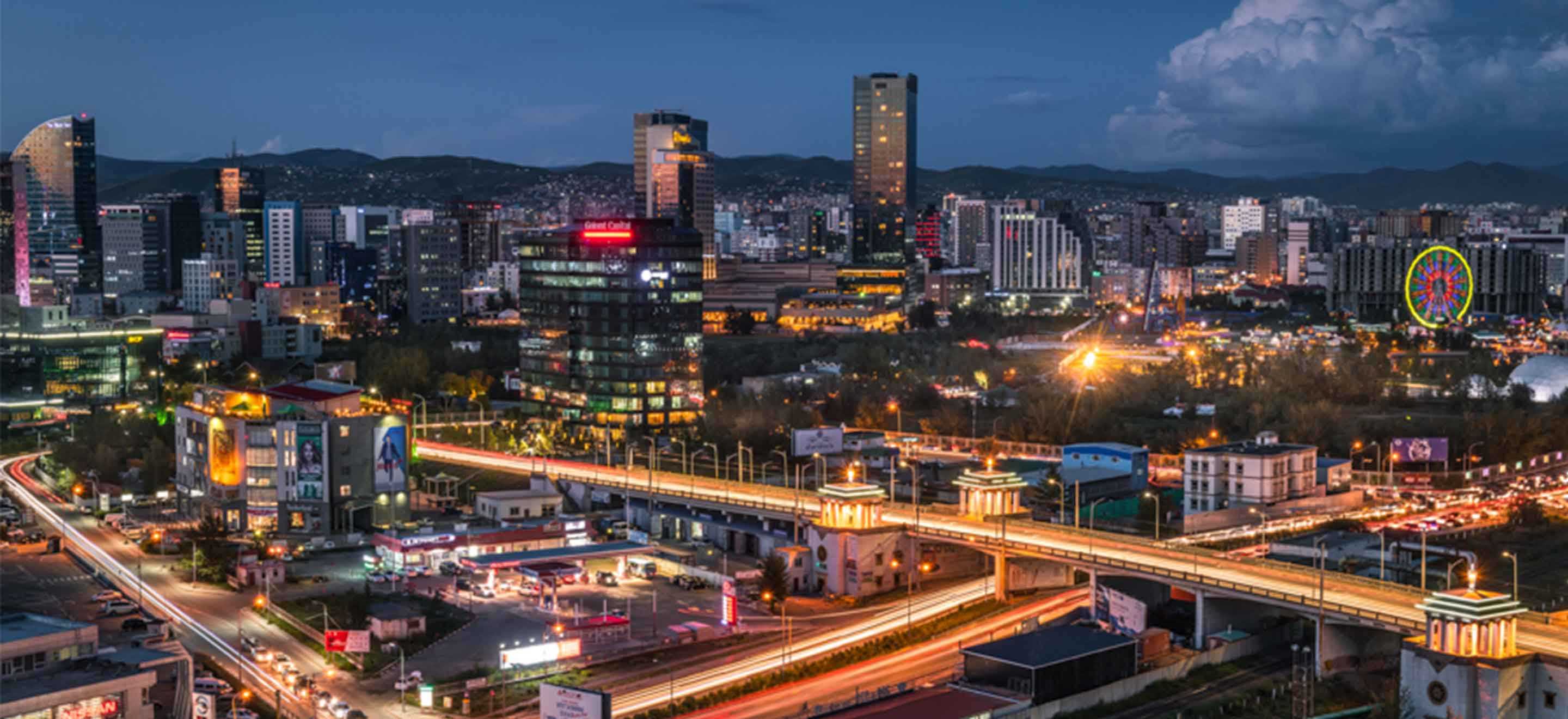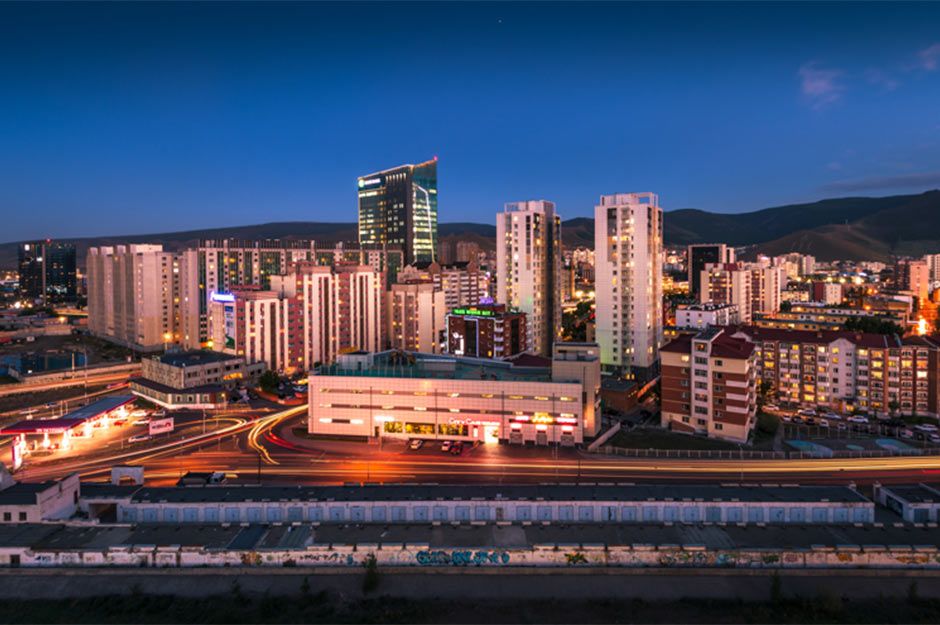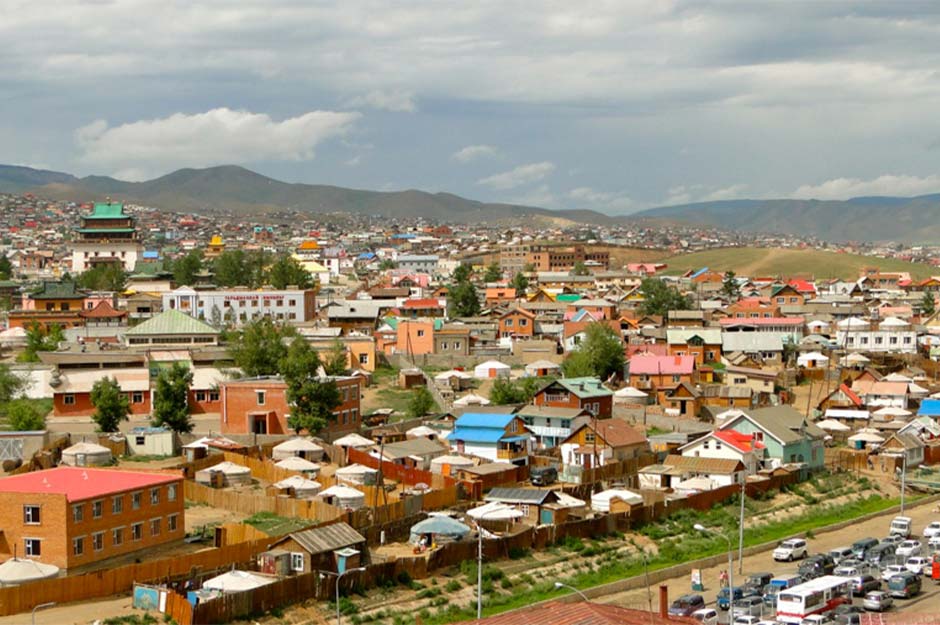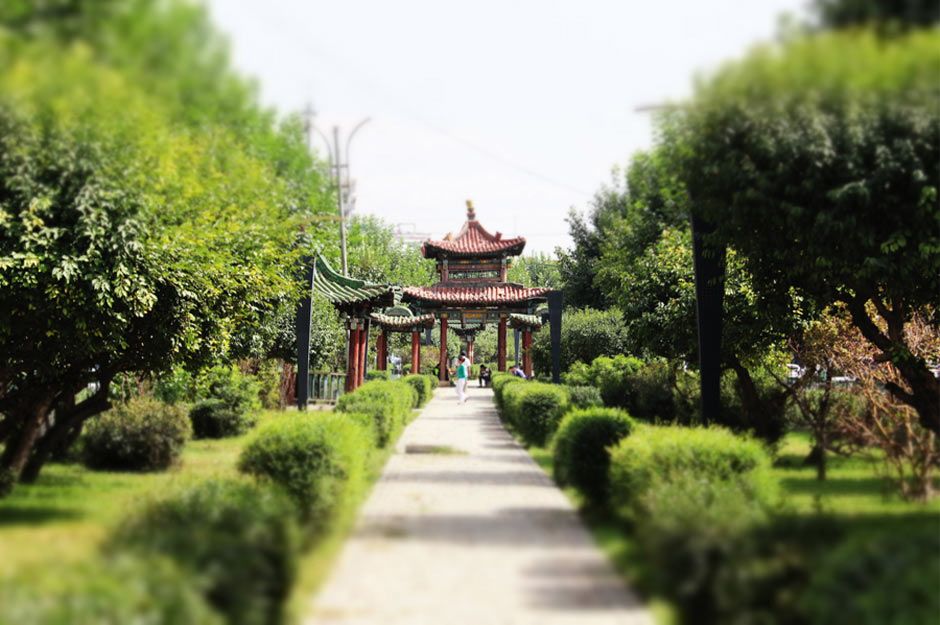
10 Facts about Ulaanbaatar
10 Facts about Ulaanbaatar
code blockUlaanbaatar is a magnificent city full of astounding history, and has an ambitious future with creative and unique artists, strong and powerful athletes, talented and honest businessmen, and educated and motivated young people. Just like any other metropolis around the world, Ulaanbaatar is a city full of different lifestyles, endless possibilities, fast-paced energy, rich cultures, interesting events, and unforgettable adventures.
1. EDUCATION CAPITAL
Although Ulaanbaatar can’t be called a college town, over 170,000 students reside in this city. The capital is home to 13 large national universities, including the University of Science and Technology and National University of Mongolia, with over 20,000 students each and Mongolian State University of Agriculture and Mongolian State University of Education with over 10,000 students each. Plus, there are over 75 private colleges and four branch campuses of international and foreign educational institutions.
2. THE FOUNDER OF ULAANBAATAR IS ALSO THE CREATOR OF THE MONGOLIAN NATIONAL SYMBOL
Renowned educator and artist Undur Gegeen G.Zanabazar, who laid the foundation for what is now Ulaanbaatar, created the strength and unity of the Mongolian government and independence of the Mongolian state.
3. THE FIRST FOUNDATION OF THE CAPITAL WAS LAID AT THE CENTER OF PRESENT-DAY MONGOLIA
The capital city’s first foundation was dug at the “navel” or central part of Mongolia’s territory in 1639, which was symbolically significant.
4.THE FIRST ADMINISTRATION OF ULAANBAATAR
The first administration of Ulaanbaatar consisted of 20 staff, and the first mayor was a 32-year-old man named M.Bayar.
5. ONE OF THE EARLIEST PROTECTED AREAS IN THE WORLD IS LOCATED IN ULAANBAATAR
Bogd Khan Mountain is one of the first protected areas in the world. Historic documents show that Mongolians have been worshipping and protecting this mountain for 3000 years. Then, in 1924, a decree to make natural scenic places such as Bogd Khan, Otgontenger, Khan Khentii and Altai Mountain Pass protected areas were added to section 398 of the Mongolian Yuan Dynasty’s legal code. In 1778, Bogd Khan Mountain was officially taken under state protection.
6. FINANCIAL CENTER OF MONGOLIA
Presently, there are 14 domestic commercial banks operating in the capital city. Additionally, the representative offices of international bank such as Asian Development Bank, European Bank for Reconstruction and Development, Bank of China, Standard Charter, Tokyo Mitsubishi Bank, ING, Sumitomo bank, and many others are also located in Ulaanbaatar.
7. WORLD’S SMALLEST STOCK EXCHANGE
The Mongolian Stock Exchange, located in Ulaanbaatar, is one of the smallest stock exchange in the world. However, this small stock exchange works closely with the London Stock Exchange and is on the road to becoming one of the region’s leading stock exchange.
8. ULAANBAATAR WAS THE FIRST CITY IN ASIA TO ESTABLISH AN OPERA THEATER
What is known today as the Mongolian State Academic Theater of Opera and Ballet is already renowned for its world class artists and national and internationally acclaimed works of performing arts.
9. ULAANBAATAR IS ONE OF THE YOUNGEST CITIES IN THE WORLD
Mongolia is one of 100 countries with the world’s youngest population, with 63.9% of its residents being young people younger than 35 years old, and 28.2% of its residents being children under 15 years of age.
10. ULAANBAATAR, THE CRADLE OF DEMOCRACY
The democratic movement that swept through Mongolian in the late 1980s began in Ulaanbaatar. On December 10th of 1988, a secret organization named “New Generation” was established. This organization was said to have been responsible for distributing and putting up the first propaganda posters around the city. A year later, the Mongolian Democratic Union was established. and on December 10, 1989, the first protest of democracy was held in Ulaanbaatar, during which the establishment of the Mongolian Democratic Union was announced and a 14 point demand was delivered to government. The climax of the fight for democracy occured on March 7 through 9 in 1990. During these days, the members of the Mongolian Democratic Union went on a hunger strike, which effectively lead to the resignation of the Politic Bureau of the Central Committee of the Mongolian People’s Republic Party, and set the foundation for the beginning of social and political reform. Today, Mongolia’s young democracy has become an exemplary government, inspiring many countries to follow in its footsteps. Mongolia is leading countries that have restored democracy and is organizing some of the international community’s largest democracy forums in Ulaanbaatar.







code block
code block
code block
